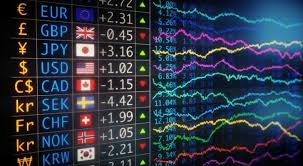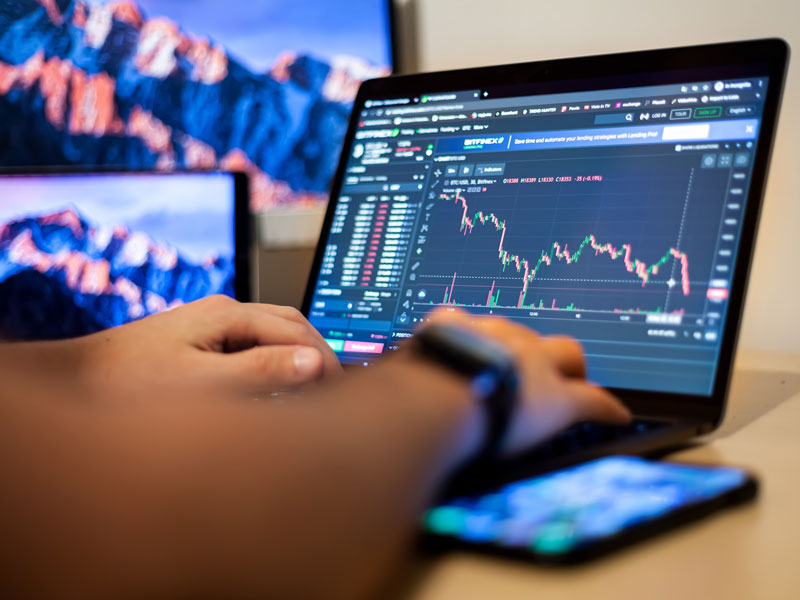
Forex trading investment is an exciting and potentially lucrative avenue for individuals looking to grow their wealth. For many traders, the allure of trading currencies lies in the dynamic nature of the forex market, which is the largest and most liquid financial market in the world. With an average daily trading volume exceeding $6 trillion, the opportunities for profit are vast. However, with significant potential rewards come equally substantial risks. In this article, we will explore various strategies for success in Forex trading, along with critical concepts that every trader should understand. For those interested in investing with unique principles, consider forex trading investment Best Islamic Trading, which caters to specific trading needs.
Understanding Market Mechanics
Before diving into trading strategies, it’s essential to grasp the basic mechanics of the forex market. Unlike stock markets that operate on fixed exchanges, the forex market is decentralized and operates 24 hours a day. Currencies are traded in pairs, such as EUR/USD or GBP/JPY, where one currency is exchanged for another. The value of these currency pairs is influenced by a multitude of factors, including economic data, geopolitical events, and market sentiment.
Key Components of Forex Trading
To be a successful forex trader, you must understand several key components:
- Currency Pairs: Currencies are traded in pairs. The first currency in the pair is the base currency, while the second is the quote currency. For instance, in the EUR/USD pair, if the exchange rate is 1.20, it means 1 Euro is equal to 1.20 US Dollars.
- Leverage: Leverage allows traders to control larger positions in the market with a smaller amount of capital. While this can amplify profits, it also increases the risk of significant losses.
- Margin: Margin is the amount of money needed to open a leveraged position. Understanding margin requirements is crucial to managing risk effectively.
- Spreads: The spread is the difference between the bid and ask price. It’s essentially the cost of trading and can vary between brokers.
Developing a Trading Strategy
Having a well-defined trading strategy is crucial for success in the forex market. Here are some widely used approaches:
1. Technical Analysis

Technical analysis involves examining historical price data and using various tools and indicators to forecast future price movements. Common tools include:
- Charts: Traders use bar, line, and candlestick charts to visualize price movements over time.
- Indicators: Popular indicators include Moving Averages, Relative Strength Index (RSI), and Bollinger Bands. These tools help traders identify trends, momentum, and potential reversal points.
2. Fundamental Analysis
Fundamental analysis focuses on economic indicators and news events that can impact currency values. Traders analyze data such as GDP growth, employment figures, and interest rates to gauge the economic health of a country.
3. Sentiment Analysis
Sentiment analysis involves gauging market sentiment through various indicators, such as the Commitment of Traders (COT) report, which shows the positioning of futures traders. Understanding the mood of the market can provide insights into potential price movements.
Risk Management Strategies
Effective risk management is a cornerstone of successful trading. Here are some strategies to protect your capital:
- Set Stop-Loss Orders: A stop-loss order is a predetermined level where you will exit a losing trade to prevent further losses.
- Use Proper Position Sizing: Calculate the appropriate position size based on your risk tolerance and the distance to your stop-loss. This helps ensure that no single trade can significantly damage your account.
- Diversify Your Trades: Avoid putting all your capital into one trade. Diversifying across different currency pairs or trading strategies can reduce overall risk.
Emotional Discipline and Psychology
Trading psychology plays a crucial role in a trader’s success. Emotional decisions often lead to mistakes. Here are some tips to maintain discipline:
- Stick to Your Plan: Follow your trading strategy meticulously, regardless of emotions or market noise.
- Accept Losses: Losses are a part of trading. Accepting them as part of the journey helps you stay focused on long-term goals.
- Avoid Overtrading: Resist the urge to trade frequently or excessively – this often leads to burnout and poor decision-making.
Choosing the Right Broker
Selecting a reputable forex broker is critical for successful trading. Consider the following factors when choosing a broker:
- Regulation: Ensure the broker is regulated by a recognized authority to ensure safety and transparency.
- Trading Platform: Evaluate the functionality and speed of the trading platform. A user-friendly interface can enhance your trading experience.
- Spreads and Fees: Compare the spreads offered by different brokers, as lower spreads can save you money in the long run.
- Customer Support: Reliable customer support is essential, especially for new traders who may need assistance.
Continuous Learning and Adaptation
The forex market is ever-changing, and continuous education is vital. Engage in regular learning through webinars, courses, and reading materials. Practice your strategies on demo accounts before committing real capital. Furthermore, keep track of your trades through a trading journal to analyze what works and what doesn’t.
Conclusion
Forex trading investment can be rewarding, but it requires a thorough understanding of market mechanics, a solid strategy, and disciplined risk management. Whether you are a beginner or an experienced trader, continually refining your skills and adapting to market conditions is vital. By implementing the strategies discussed in this article, you can enhance your chances of success in the forex market.

Leave a reply